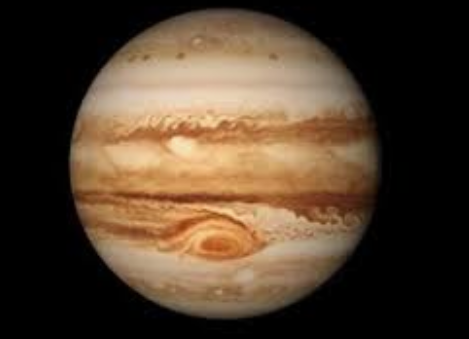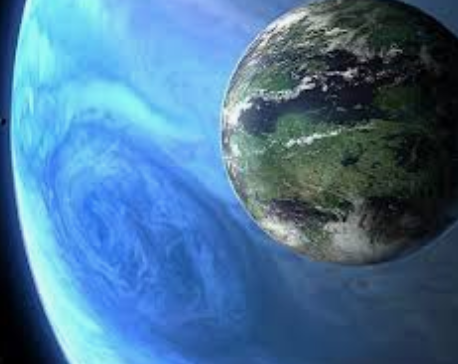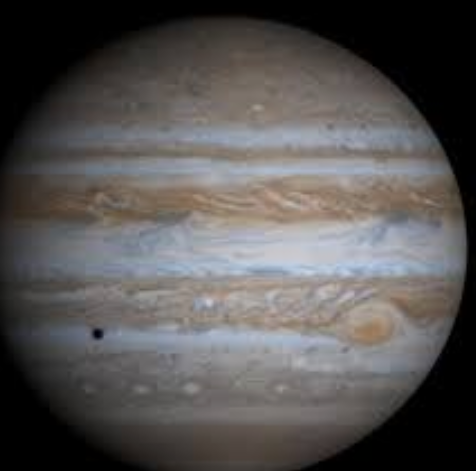The largest planet in the universe
The question about which is the largest planet in the universe is one of the most recurrent and also one of the most complicated to answer. Is that, if you stop to think about it briefly, humanity ignores more than 99.9% of the universe, which gives us virtually all the odds of answering the question equivocally.
Our incognito should actually be something more specific or well reformulated by something like ... what is the largest planet that is known? We agree, right? I invite you to make an attempt and search the Internet for the largest planet in the universe, I assure you that you will find dozens or hundreds of results that will say different things and this is because we are still very, very ignorant about things that surround us out there.
However, I will not stay without giving you a hand, of course. Join me to get to know WASP-17b, the largest planet in the universe that is known, and some of the largest planets that have been discovered to this day.
Investigating a bit it is possible to find that the title was held by the planet TrES-4b for a long time, but then it was known as WASP-17b, the giant planet that took away the crown. If you continue to investigate, you will probably find that the largest planet in the universe is R136a1, but again, this is a massive star, not a planet. So it does not count for this article.
Maybe you also meet VY Canis Majoris in your search, but although there was confusion, this is not a planet either, it is a star. By the way, taking advantage of the opportunity, this is the biggest non-massive star, surpassing even the immense R136a1. Finally there is Jupiter, the largest planet in the solar system.
WASP-17b
WASP-17b is the largest exoplanet or extrasolar planet known. This term is used for planets that are outside the solar system. Orbit over the star WASP-17 and are in the constellation of Scorpius. WASP-17b was discovered on August 11, 2009 by David R. Anderson and this gigantic planet has 1.6 times the mass of Saturn and a radius that goes from 1.5 to 2 times the radius of Jupiter.
Orbit
It orbits its star (WASP-17) with a periodicity of 3.7 days, that is, it takes that time to give it a complete revolution. A peculiarity about WASP-17b is its way of orbiting its star, since it does not do it in a conventional way. The largest planet in the universe rotates in the opposite direction to the movement of its star.
This strange way of orbiting is unique in the universe and there is much uncertainty about the reason for it. Some scientists believe that this could be due to an old (we speak of millions of years) collision of the planet with another celestial object. This collision would have changed its orbit forever. To finish, I leave an interesting video with a good audiovisual recreation about it:
Truly amazing, do not you think? What other giant planets do you know?





Buen dia, no domino mucho el idioma pero lo que pude entender se ve interesante. Te sigo para intercambiar impresiones.
tienes mi voto pasa por mi pos